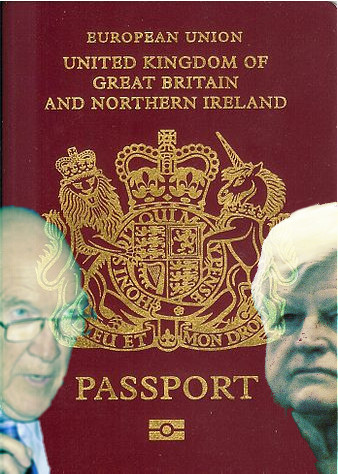 As we’ve discussed previously, 8 USC § 1185(b) once only required that a U.S. citizen hold a “valid passport” when departing from the United States, without specifying which country’s passport. That held true even when Congress extended the passport requirement to peacetime (but removed all penalties for violating it) in 1978.
As we’ve discussed previously, 8 USC § 1185(b) once only required that a U.S. citizen hold a “valid passport” when departing from the United States, without specifying which country’s passport. That held true even when Congress extended the passport requirement to peacetime (but removed all penalties for violating it) in 1978.
That only changed when Congress passed the bipartisan Immigration and Nationality Technical Corrections Act of 1994; thenceforth, the requirement was for a “valid United States passport”, thus theoretically denying dual citizens and other U.S. citizens who’d managed to obtain non-U.S. travel documents the right to depart from the country on their other passport. The U.S. didn’t then and still doesn’t actually have officials physically checking the papers of most outbound passengers to see if they’re U.S. citizens with only foreign passports, but as mentioned last time, they’re making moves in that direction.
In any case, the way the U.S. passport requirement became law is rather amusing. The first bill which included it was introduced in the Senate right before the summer recess in 1993, giving Congress no time to review it. Kennedy and Simpson — the sponsors of that bill — lied about the extent to which it agreed with earlier Congressional intent and misleadingly implied that the provision had been included in other bills in previous sessions of Congress, while also warning of potential lawsuits if their bill failed to pass. Finally, they ended up shoving the passport provision into a similar House “technical amendments” bill the following year.






